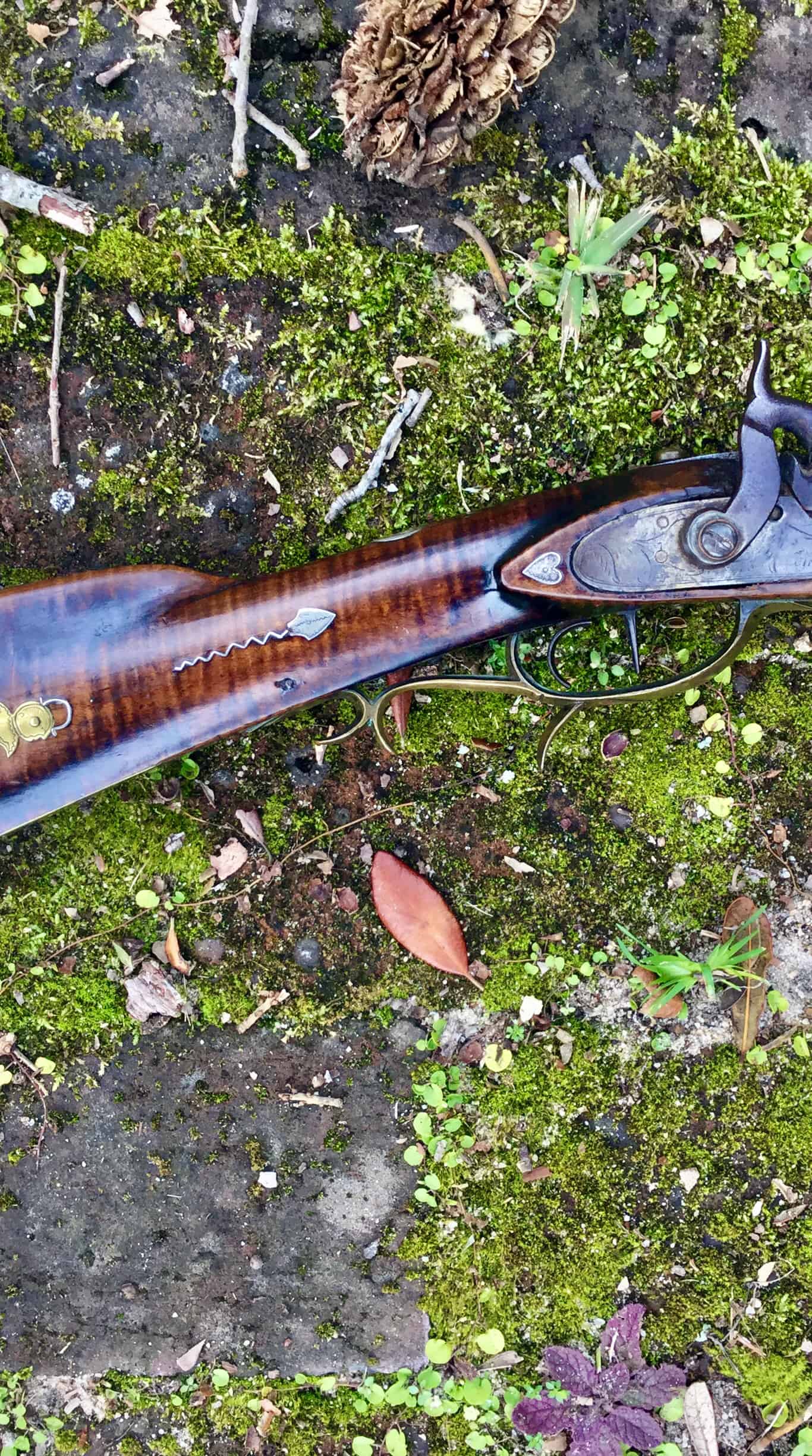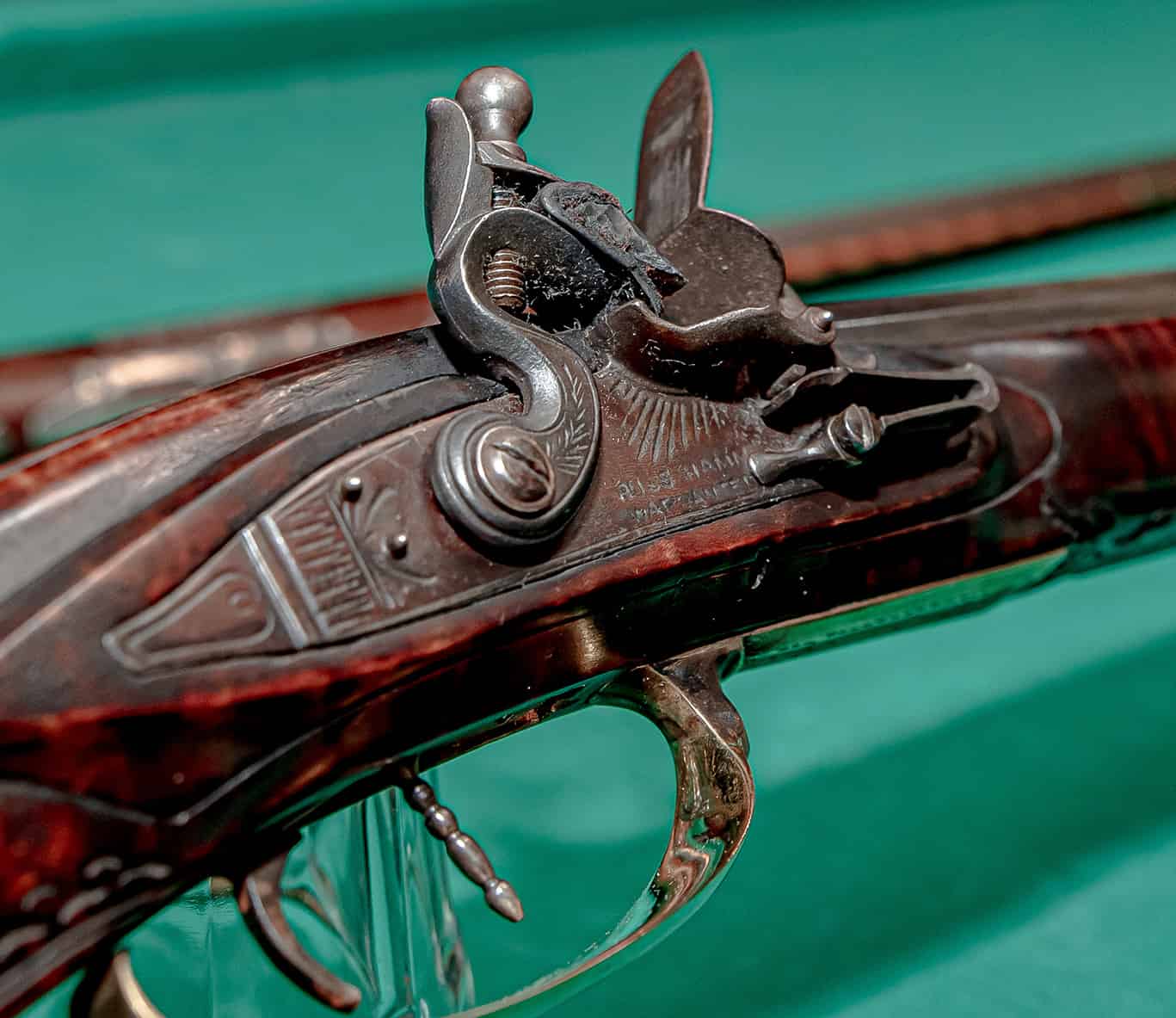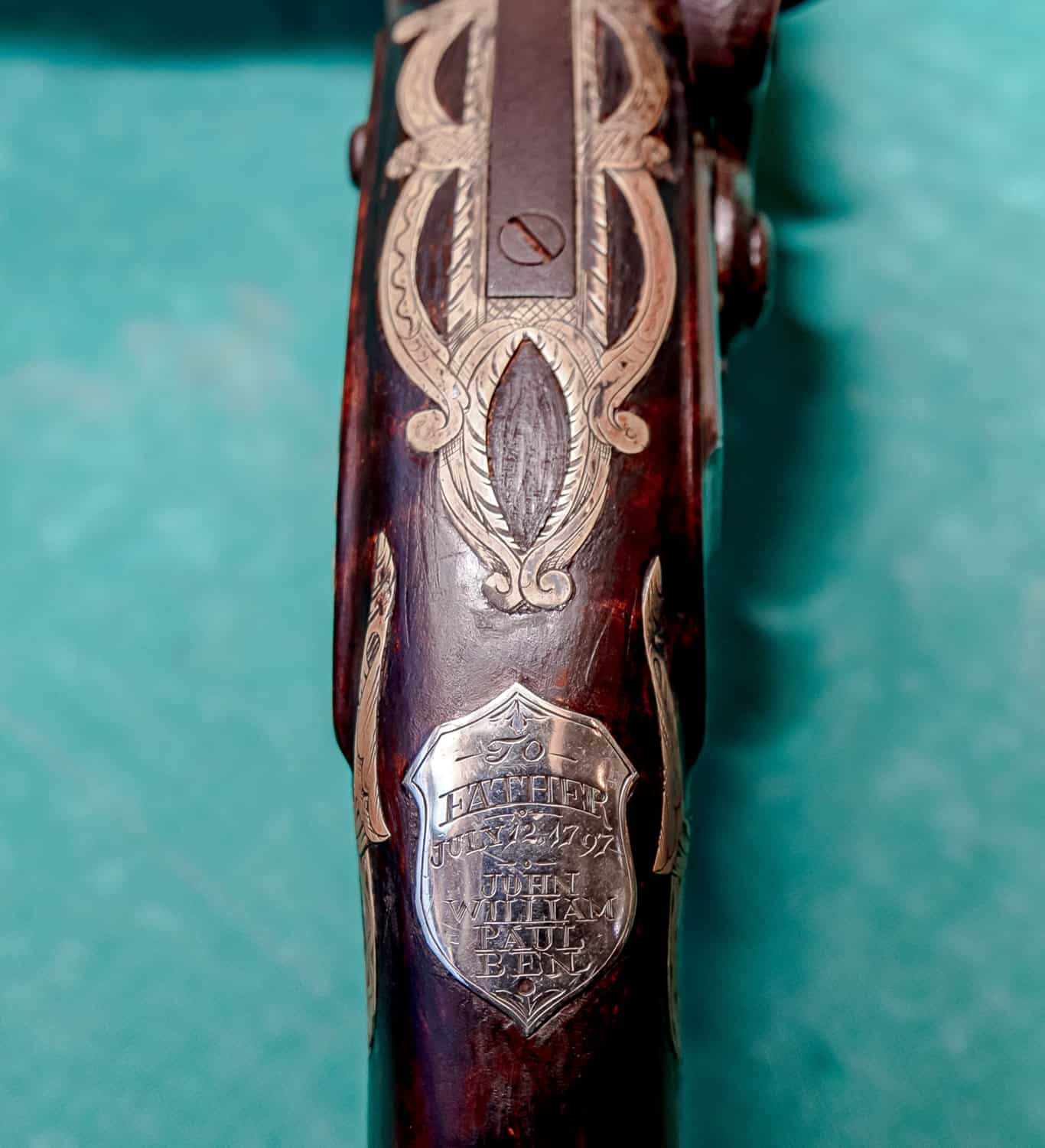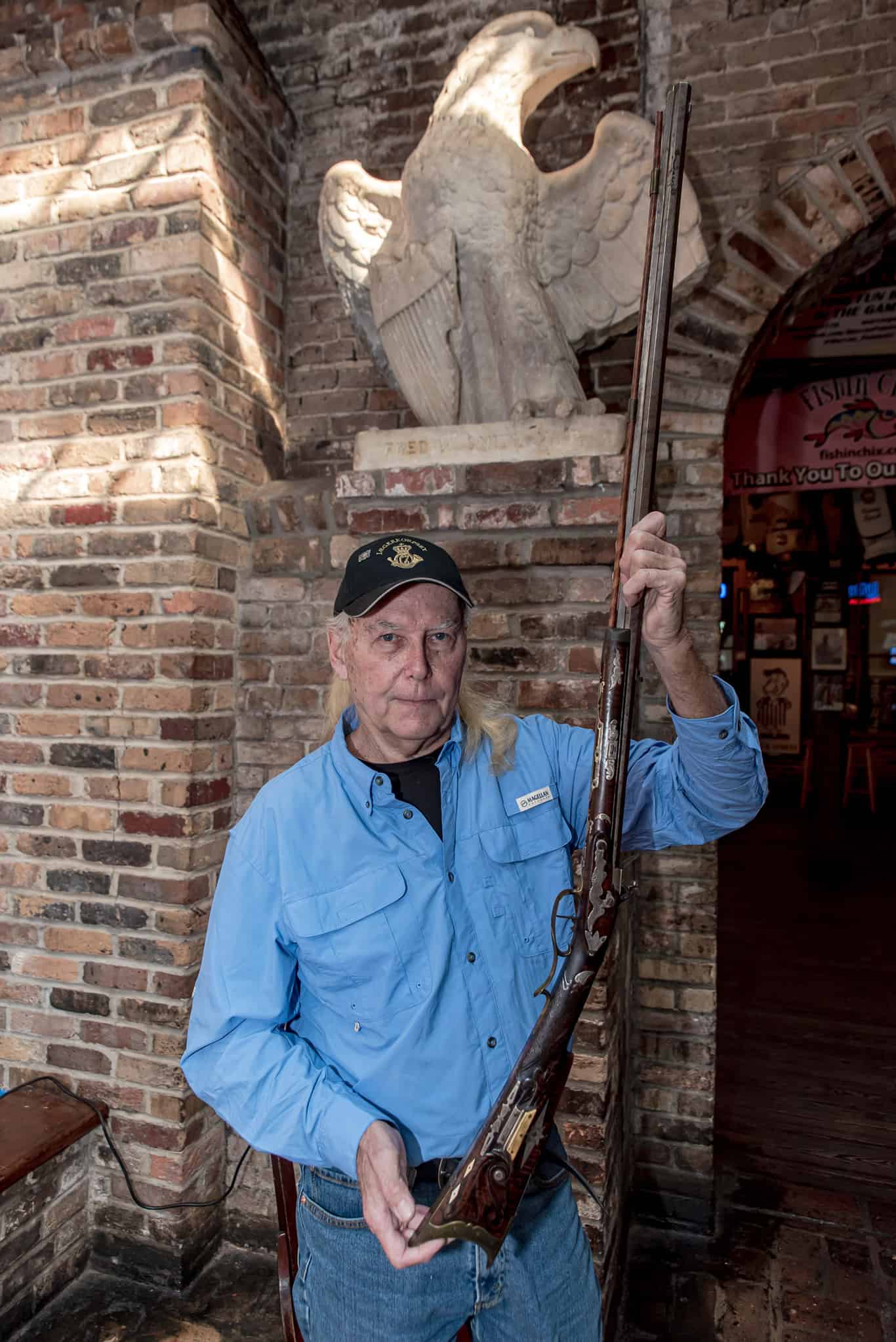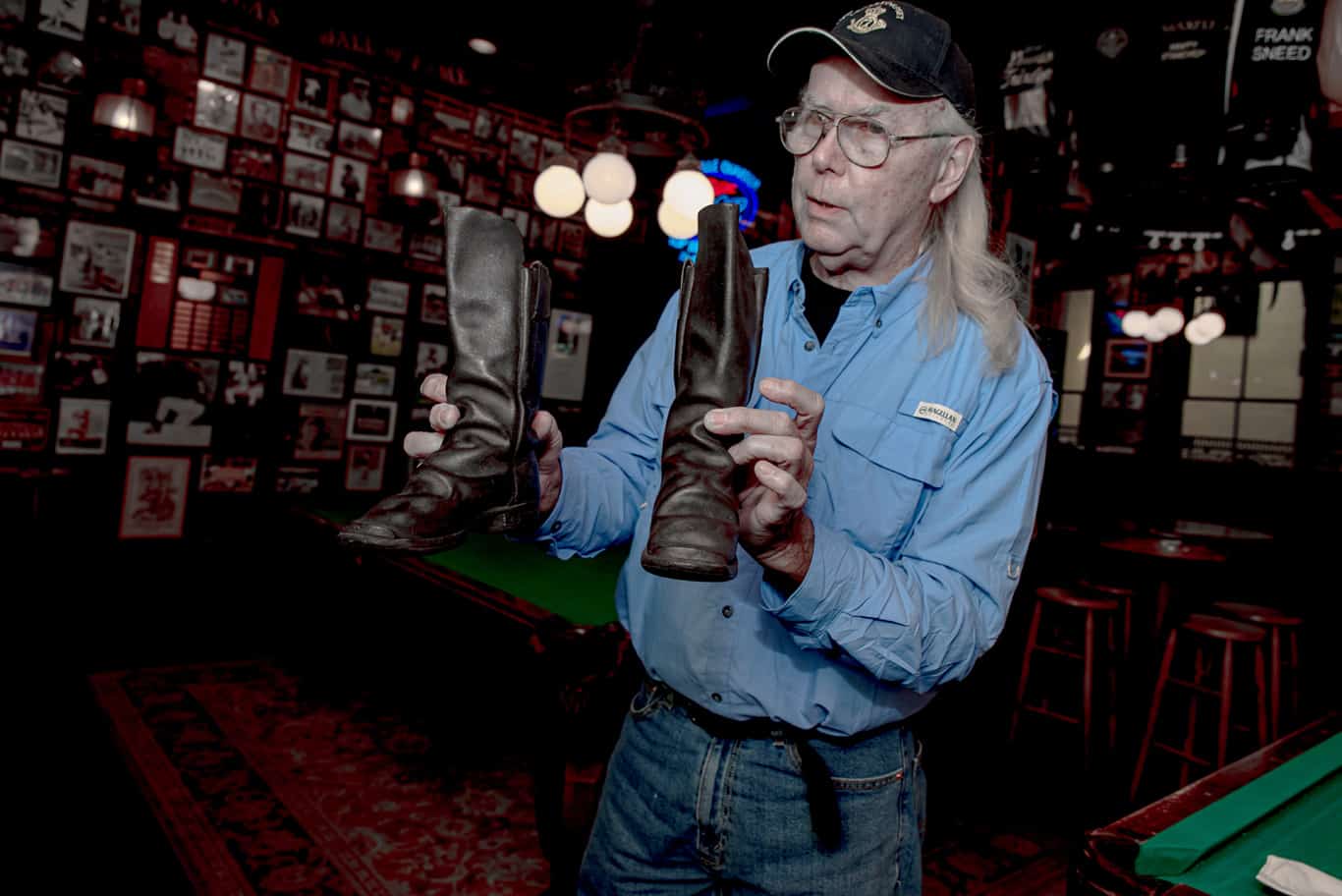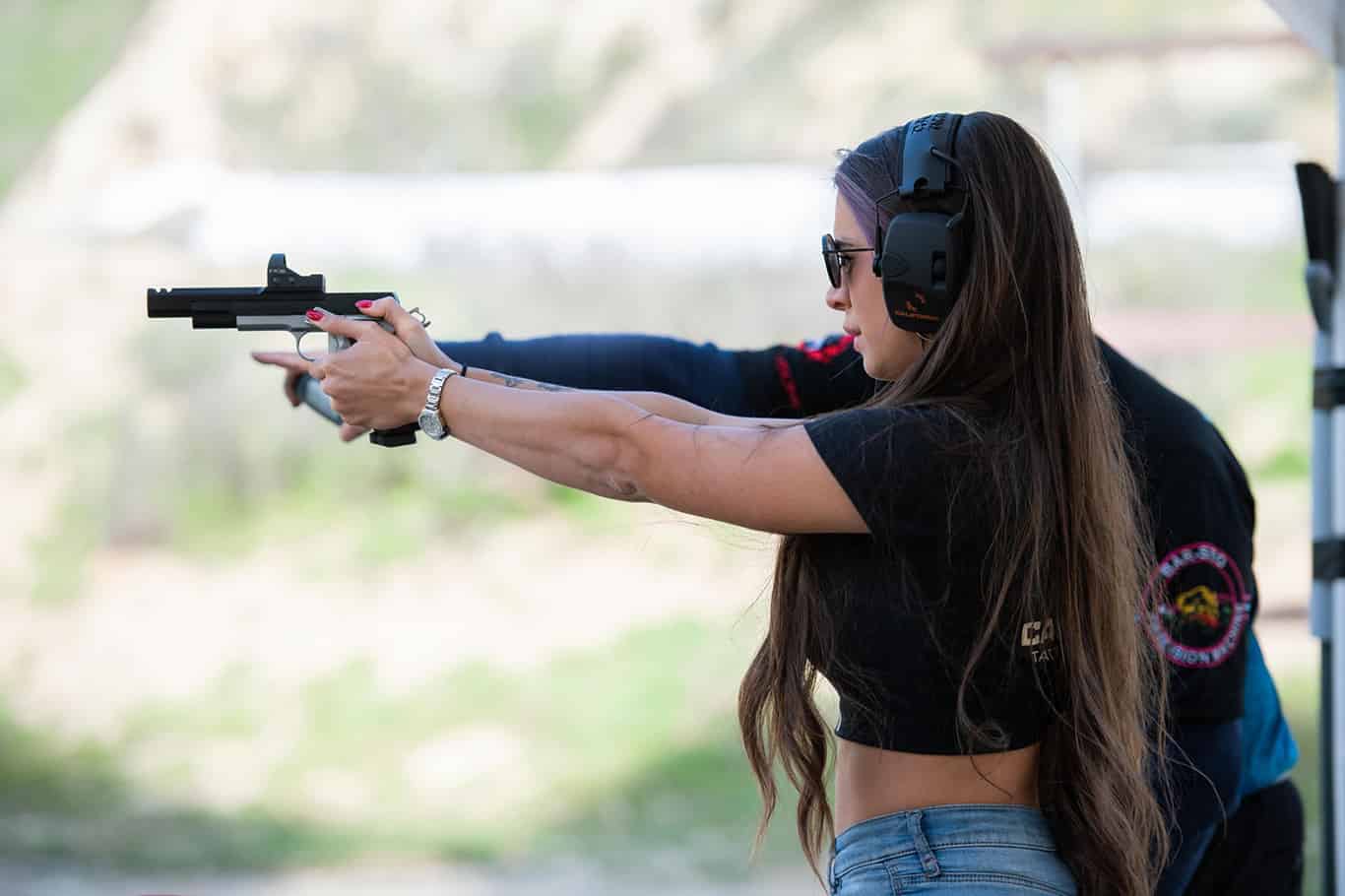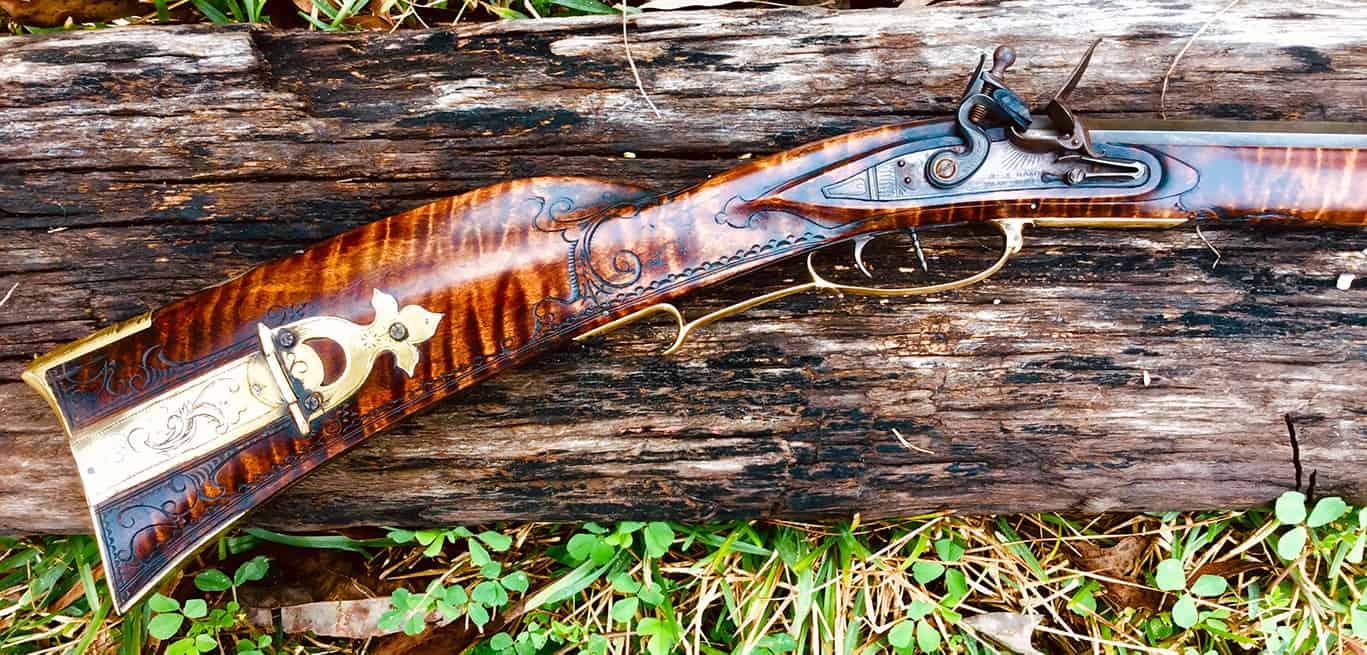
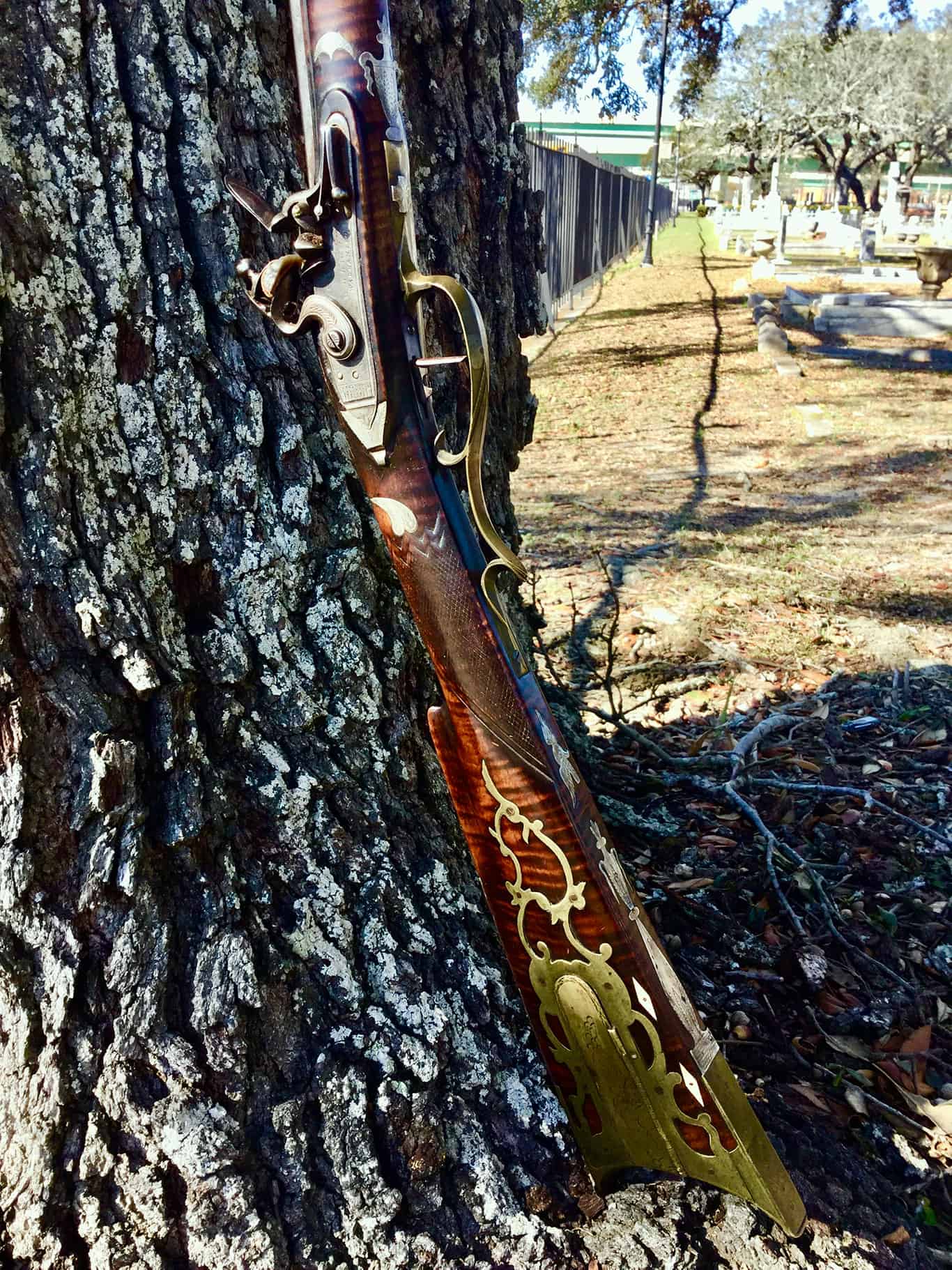
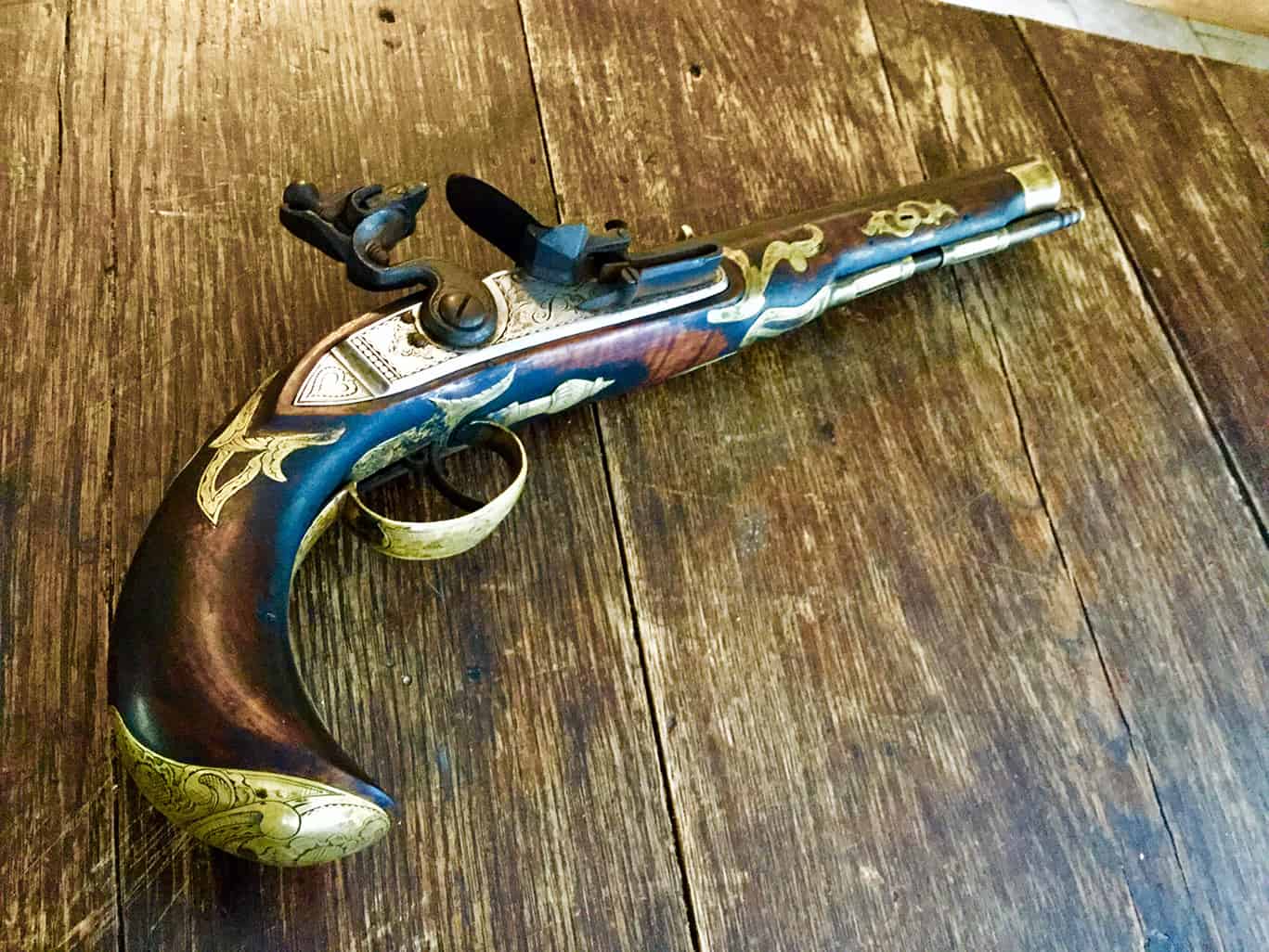
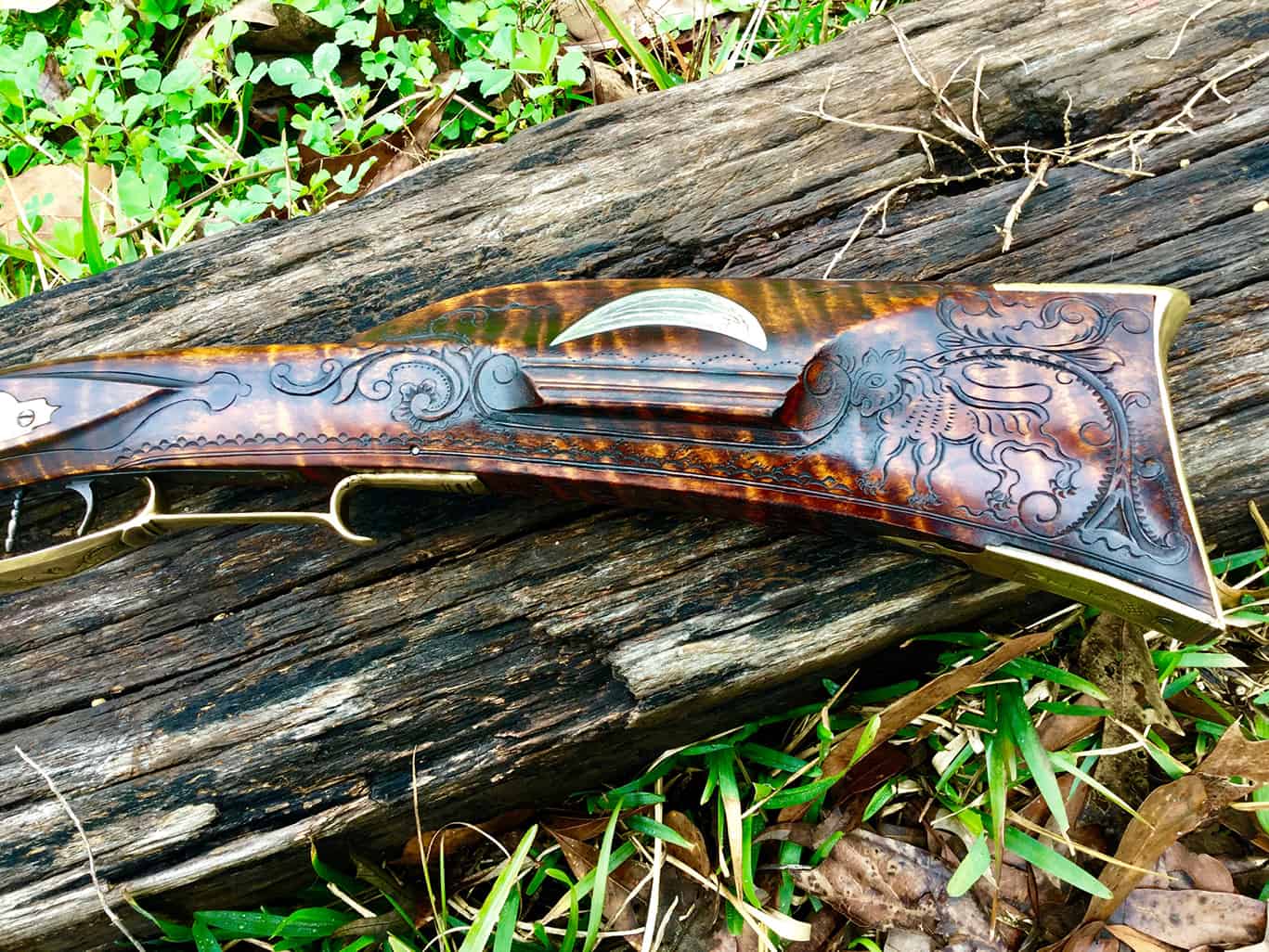 +11
+11 Rifle Making and Early American Firearms with Steve Boyleston
Rifle Making and Early American Firearms with Steve Boyleston
Rifle Making and Early American Firearms with Steve Boyleston
Rifle Making and Early American Firearms with Steve Boyleston
Rifle Making and Early American Firearms with Steve Boyleston
Rifle Making and Early American Firearms with Steve Boyleston
Rifle Making and Early American Firearms with Steve Boyleston
Rifle Making and Early American Firearms with Steve Boyleston
Rifle Making and Early American Firearms with Steve Boyleston
Rifle Making and Early American Firearms with Steve Boyleston
Rifle Making and Early American Firearms with Steve Boyleston
Rifle Making and Early American Firearms with Steve Boyleston
Rifle Making and Early American Firearms with Steve Boyleston
Rifle Making and Early American Firearms with Steve Boyleston
“There wasn’t much research on the subject when I started,” Steve Boyleston admitted of his meager beginnings in rifle-making. “I mainly turned to a book called The Kentucky Rifle in those days.” Boyleston – a native of Aiken, South Carolina, with direct family ties to founding families of the Boston area – has dedicated the better part of fifty years to the recreation, restoration, and collection of early American firearms and related artifacts. “I made my first long rifle in 1969, and to do it, I studied that book over and over.” The book – along with details of the building processes and builds – also contained the histories of each gunsmith whose work was found therein. “My interest just blossomed from there,” Boyleston said, and he went on to join the Kentucky Rifle Association in 1985. “The more I read and created, the more my interest in both the craft and the history surrounding it continued to grow.”
The creation of such detailed pieces involves expertise in many skills – such as Rococo carving techniques, the engraving of sterling silver inlays, and the use of curly, or ‘fiddle-back’ maple for wooden components with some techniques – such as the use of nitric acid for staining – even proving quite dangerous. “The color you get from nitrate crystals can hold for hundreds of years,” Boyleston said of the process, “but it can burn your lungs if you’re not careful.”
According to Boyleston, one such master of the craft was gun-maker Willy G. Higgins. For years, many collectors and professionals disbelieved that certain levels of detail and skill were possible in southern gun-makers, but over the last 35 years, many artifacts have surfaced with ties to Higgins – a craftsman from Macon, GA. “He was the only maker known to put a silver nameplate on top of the barrel of a long-rifle, while all the others put them in flush to the wood – a detail that marks a gun as one of his.” One of the rifles in Steve’s collection indeed has a similar nameplate engraved with the name Andrew Jackson – along with more over-the-top features such as silver vines, urns, and other flourishes: ‘a gun made for a president.’
“It’s not that strange of a coincidence, really,” said Boyleston of the connection. “In 1807, during the Creek War, both Jackson and Higgins were in Pensacola – also joined by Davy Crockett and the Tennessee Volunteers. Willy and Jackson were good friends, and it makes sense that he would be the one to make his presidential long-rifle once he was in office.” In his opinion, the Jackson rifle is one of the rarest in the country, being the only Kentucky rifle with a Damascus twist – a process where iron and steel ribbons were welded together.
Another item in Steve’s collection of particular local relevance is a gun from one of the last battles of the American Revolution – the Siege of Pensacola. The gun – most likely of Spanish or French origin – was acquired from a family in Mobile, Alabama, where it had remained for the last 150 years. While not as well-known as the events taking place in New England, much happened along the Gulf Coast during the conflict. The Spanish, intent on taking Western Florida from the British, had already captured Mobile before they pushed the attack in late March 1781. The siege – lasting around one month – was finally ended when a howitzer shell struck the magazine at Fort Crescent, prompting a British surrender two days later. “The gun was probably made in the 1680s, most likely for someone well-to-do,” Boyleston said, noting the pristine wood grain of the curly maple. He also pointed out another remarkable feature: a folding stock – something not commonly found in firearms of the time.
Apart from weaponry, Boyleston also had a pair of simple leather boots in his collection. The boots, called George Washington boots – being modeled after the ones the general and later president frequently wore – were made sometime in the 1770s. “Leather from that time is very rare to come across now,” Boyleston said of the artifact. “They are hand-stitched, with bottoms made out of wool, and held together with the square nails used at the time. The child who wore these must have been very special for someone to keep such good care of them.” To Boyleston, the history is most important with every piece in his collection or reconstruction of his own making encapsulating a particular element of our nation’s story.
“When it comes to making guns, I don’t like to copy,” the rifle-maker and history buff remarked. “I pick designs and parts from a wide range and design from there – incorporating many different elements of our shared, American heritage in hopes to preserve it.”



